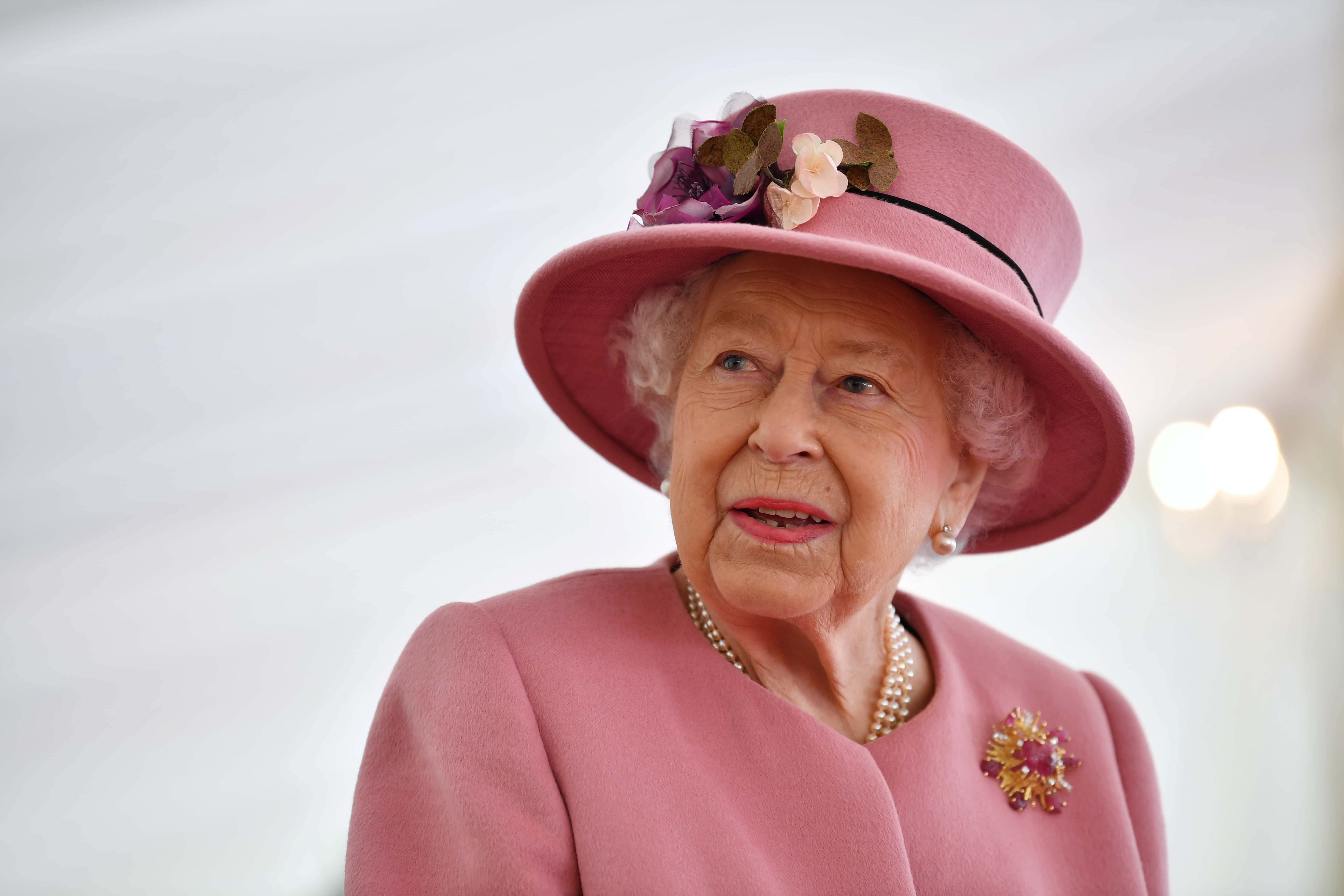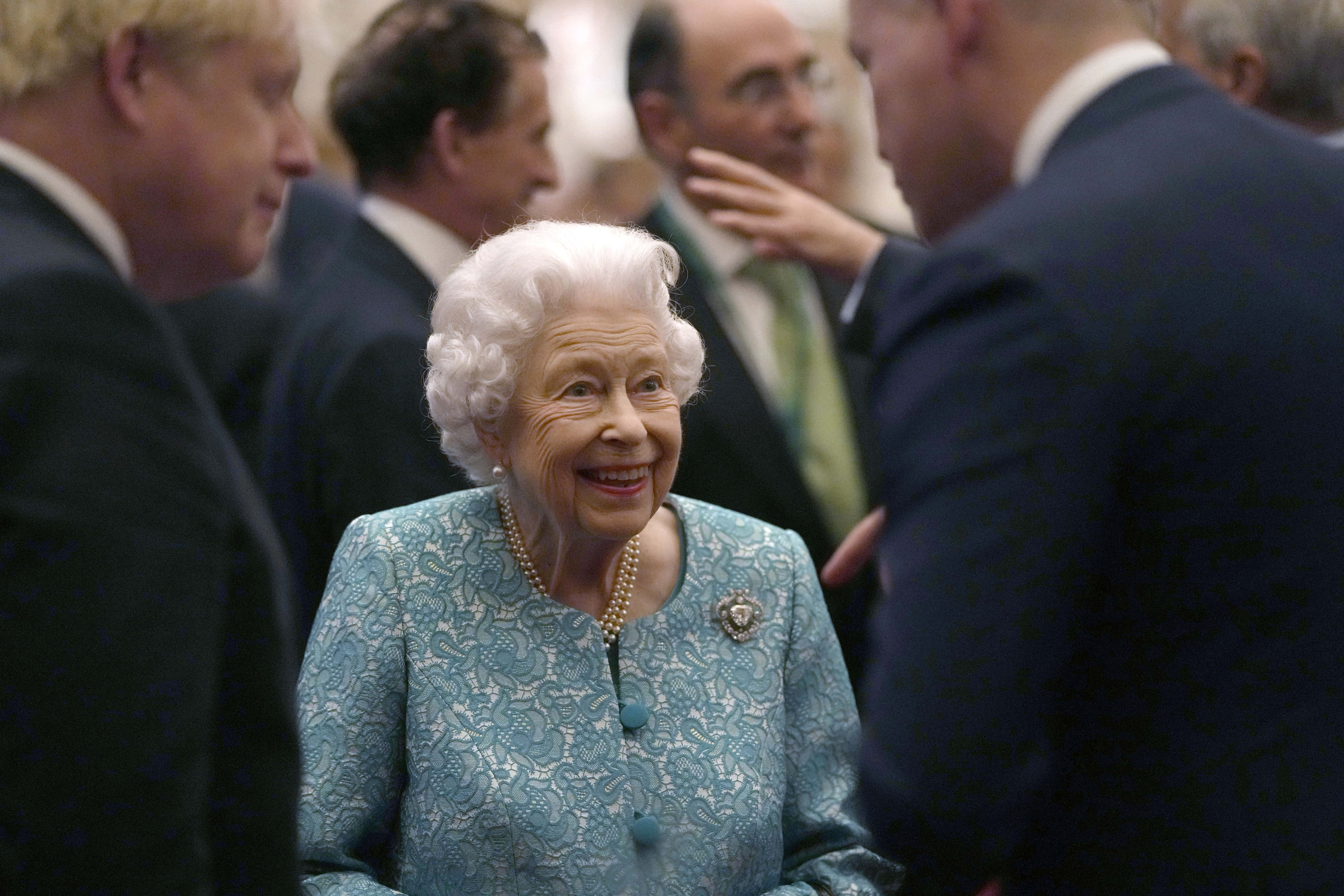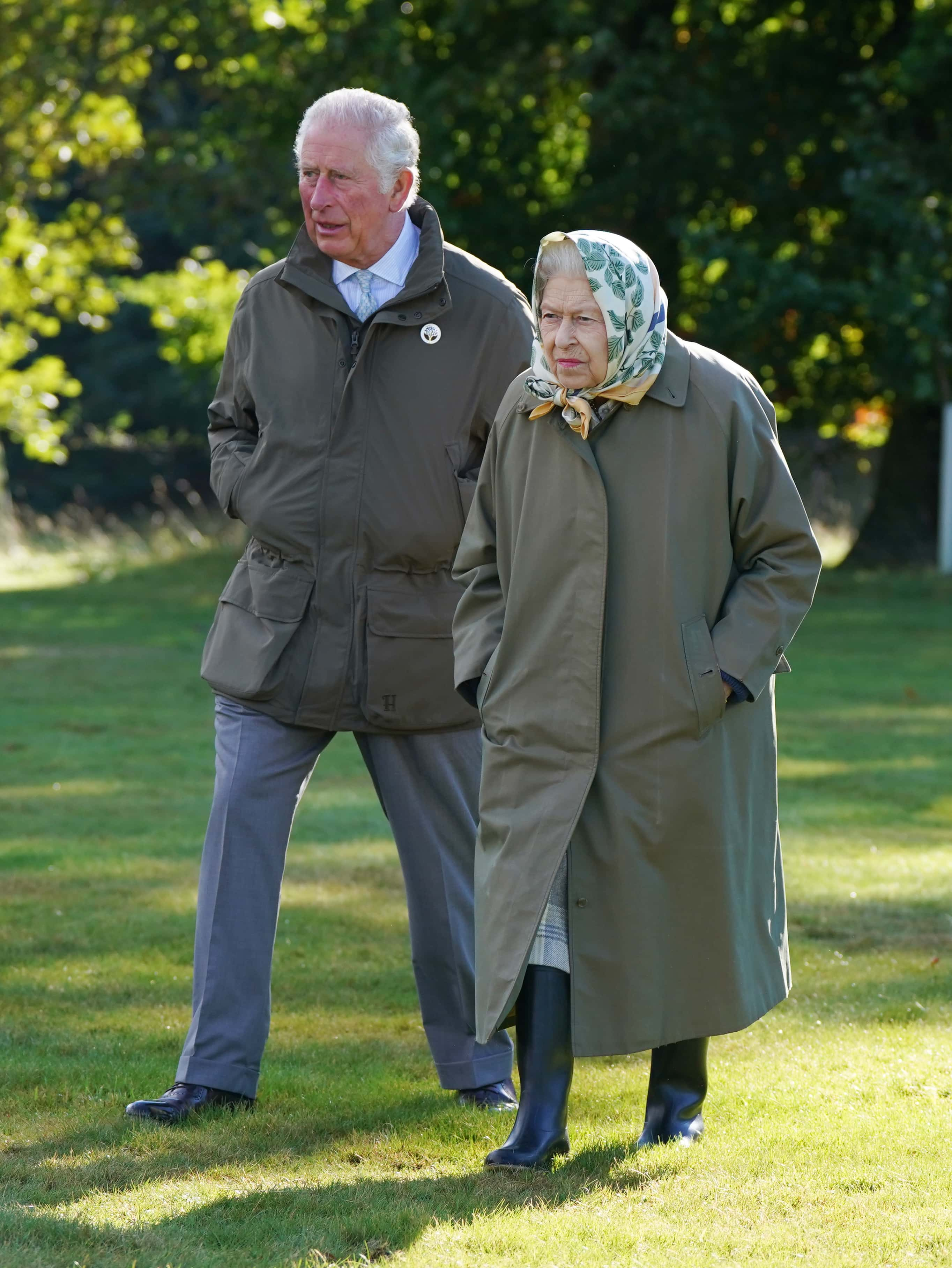A Queen’s Funeral: Here is what will happen over the next 10 days as a nation mourns death of monarch

LONDON, ENGLAND: The longest-standing monarch of the royal family, Queen Elizabeth II passed away on Thursday, September 8. The procedures after Queen Elizabeth II's death lasts for ten days. The royal family follows certain protocols in organizing the funeral and transfer of power to the next monarch, along with the British government.
Earlier, there were reports regarding 'Operation London Bridge' which is claimed to be the strict set of plans laid out for the smooth execution of events following her death. The ten-day plan will also comprise declaring the ascension of the new king, King Charles III, to the throne.
ALSO READ
What is Operation London Bridge? Here are the protocols in place now that the Queen is dead

D-Day
According to The Guardian, the first day, that is the day on which Queen Elizabeth died, is marked as D-Day. Every day after that will be referred to as D+1 and D+2, and so on. In the first hours after the Queen’s death, a “call cascade” will happen to inform the prime minister, the cabinet secretary, and the most senior ministers and officials. The Queen’s private secretary will be primarily responsible for informing the news to the prime minister. The secretary will also hold the responsibility to inform the Privy Council Office, which coordinates government work on behalf of the monarch.
Departmental secretaries will also be given a script in order to inform other government ministers. Later, the cabinet secretary will send an email to senior civil servants. Meanwhile, once the mail is delivered, flags across Whitehall will be lowered to half-mast. The royal family will then declare the death of the monarch through official notification to the public. The information will also be announced on flights through the pilots. A national minute’s silence will take place on the same day. Gun salutes will be organized at all saluting stations by the Ministry of Defence. There will be a “spontaneous” remembrance service held at St Paul’s Cathedral in London with the prime minister and a few senior ministers in attendance. King Charles III will give a broadcast to the country and the Commonwealth.

D-Day+1
One of the major activities on D-Day+1 will be holding the accession council that includes senior government figures and privy counselors. The council will meet at St James’s Palace at 10 am. Later, the council will carry forward the principal proclamation of the new king, which is read out in public from a balcony at St James’s Palace.
Later, another proclamation will be read at the Royal Exchange in the City of London. Meanwhile, in the afternoon, the new king will have audiences with the prime minister and cabinet, the leader of the opposition, the Archbishop of Canterbury, and the Dean of Westminster. Tributes will be paid in parliament for Queen Elizabeth II. Flags will be at full mast for the Accession Council and remain at full mast for 24 hours, before returning to half-mast until the day after the funeral.

D-Day+2
The coffin carrying the late queen's body will leave from Balmoral to be taken by road to the Palace of Holyroodhouse. There will be proclamations in other nations including Edinburgh, Cardiff, and Belfast simultaneously at midday. Meanwhile, the tributes for the queen in parliament are likely to continue.
D-Day+3
On D-Day+3, there will be a ceremonial procession from Holyrood along the Royal Mile to St Giles’ Cathedral for a service attended by members of the royal family. After that service, St Giles’s Cathedral will open to the public for 24 hours for a period of 'lying at rest,' not 'lying in state' because that will take place in London. King Charles III is expected to travel to the Palace of Westminster to receive a motion of condolence. He is then due to fly to Edinburgh. Prince Charles is expected to have his first audience with Scotland’s first minister, and will also receive a motion of condolence at the Scottish parliament.

D-Day+4
Late in the evening of D-Day +4, the coffin is expected to be moved to Edinburgh Waverley station. This is from where the body will be carried and will travel on the royal train overnight, arriving at St Pancras station in London the next morning. The new king then will fly to Northern Ireland, where he is due to receive a message of condolence at Hillsborough Castle and will attend a service at St Anne’s Cathedral in Belfast. A rehearsal will take place for the procession of the late Queen’s coffin from Buckingham Palace to Westminster Hall.
D-Day+5
The coffin will arrive at Buckingham Palace on D-Day+5 a few hours before the ceremonial event. On this day, the Queen’s coffin will be borne from Buckingham Palace to Westminster Hall. The body shall be 'lying in state' for the next few days. It is expected the coffin will be borne on a gun carriage. The coffin will be draped in the royal standard, on which the Imperial State Crown will be placed on a velvet cushion, followed by the new King. Princes William and Harry, alongside her other children and members of the royal family, will follow on foot. Big Ben, the bell in the Elizabeth Tower in the Houses of Parliament, will toll at one-minute intervals for the duration of the procession along with gun salutes in Hyde Park. On arrival, there will be a short service. The 'lying in state' period is an opportunity for the public to pay their respects. The coffin will be mounted on a catafalque in the middle of Westminster Hall.

D-Day+6
The period of mourning the queen shall continue with the public paying their respects to the late monarch at Westminster Hall. There are preparations for hundreds of thousands of people to file past and pay their respects in a 24-hour operation interrupted only by a nightly 15-minute cleaning break.
D-Day +7
King Charles will travel to Wales to attend a service at Llandaff Cathedral in Cardiff. However, he will later visit the Welsh Senedd and receive a motion of condolence. Meanwhile he will have an audience with the Welsh first minister. It is expected that the Commonwealth detachments will begin arriving in London at 4 am.
D-day+8
King Charles III is expected to invite and receive governors, generals and prime ministers from the realms.
D-day+9
On the eve of the funeral, King Charles III will welcome foreign royal families attending the funeral. VIP overseas guests are expected to attend the 'lying in state'.
D-day+10
The state funeral service will be held at Westminster Abbey. After the funeral concludes, the coffin will be borne from Westminster Hall in a procession to the abbey. There will be two minutes silence across the nation. After a final service in St. George's Chapel at Windsor Castle, the queen will be buried on the castle grounds next to her husband, Prince Philip, who died in April 2021.










